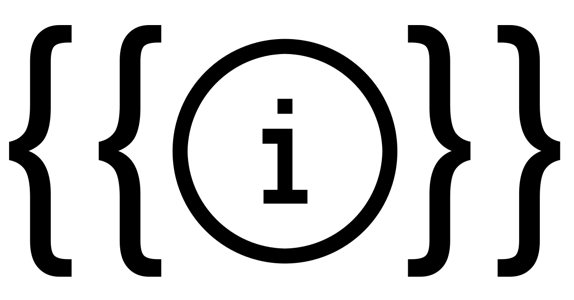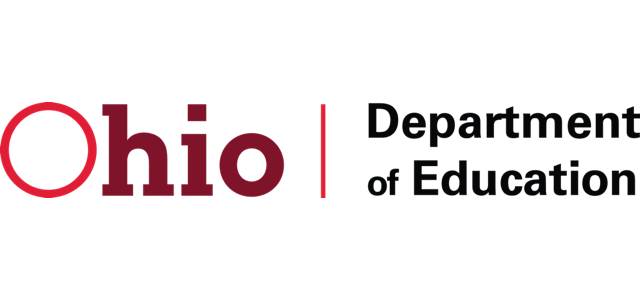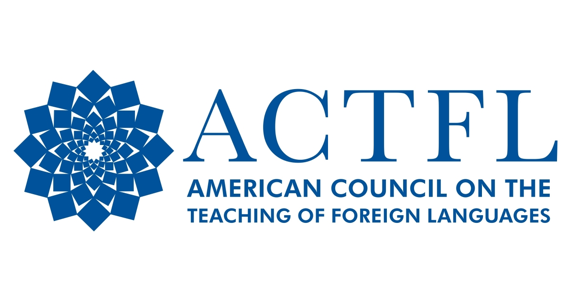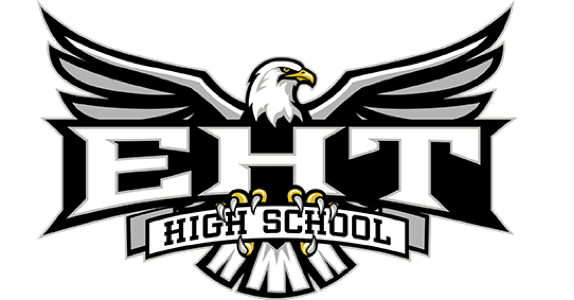Understanding a Scoring Tool for Work Criteria
Authentic assessments tend to use rubrics to describe student achievement. A rubric is a scoring tool that lists the criteria for a piece of work, or "what counts" (for example, language function, text type, impact, and language control are often what count in a presentational writing assignment); it also articulates gradations of quality for each criterion, from excellent to poor. Rubrics are useful tools for both instructors and students because they can provide clarity about expectations and help to quantify what can often feel like subjective assessment of student performance. They can also help shape formative feedback. (cf. Goodrich, "Understanding Rubrics.")
There are three kinds of rubrics: analytic, holistic, and single-point (or binary).
A holistic rubric is the most general kind. It lists three to five levels of performance, along with a broad description of the characteristics that define each level. Holistic rubrics are easy to grade with, but they don't provide targeted feedback.
An analytic rubric more clearly articulates the characteristics of an assignment, allowing the scorer to itemize and define exactly what aspects are strong, and which ones need improvement. You can effeciently score student performance with these rubrics and give students a clearer picture of why they received a specific score. However, they can take a lot of time to create, and student don't often read them carefully.
Like an analytic rubric, a singe-point rubric (or binary rubric) articulates the components of an assignment into different criteria. But it only describes the criteria for proficiency, omitting how a student could either fall short or exceed expectations. Because it focuses its content, a single-point rubric is easier to create and students are more likely to read it. Additionally, it is less prescriptive because areas of concern and excellence are open-ended. However, they can be more time-consuming to use.
Learn more about all three kinds of rubrics at Cult of Pedagogy













